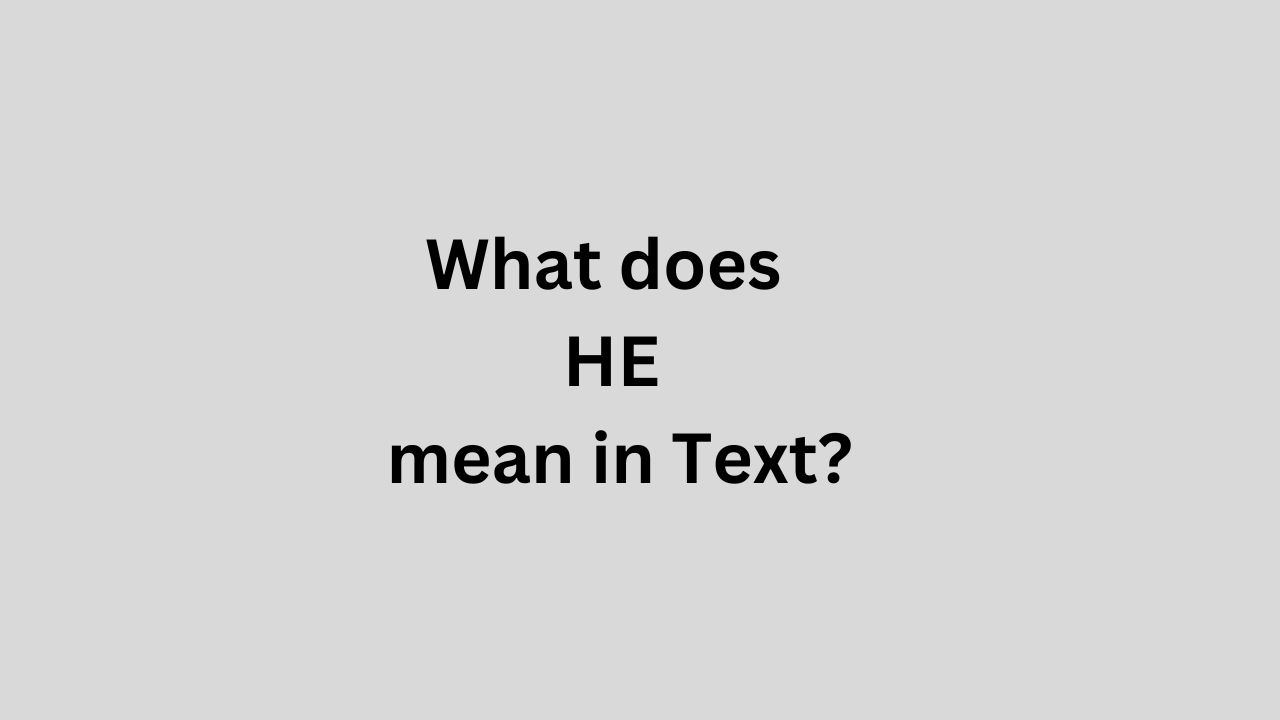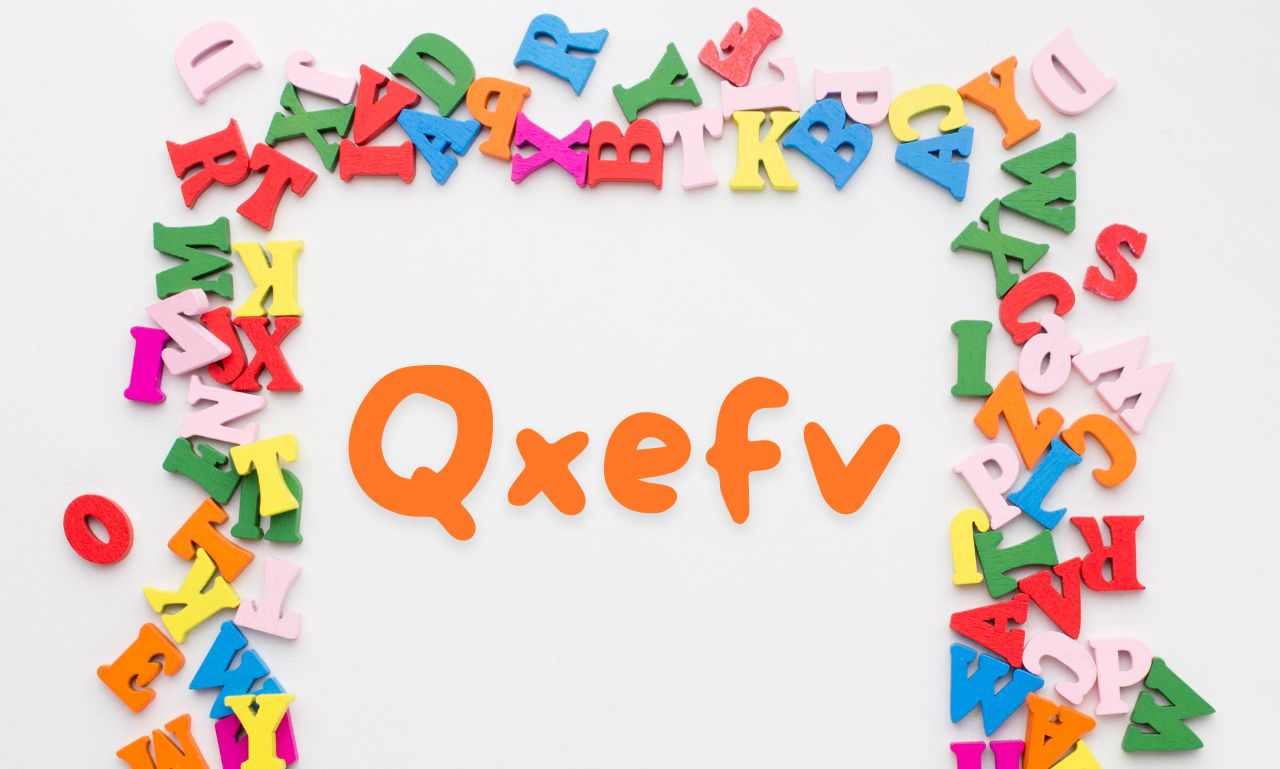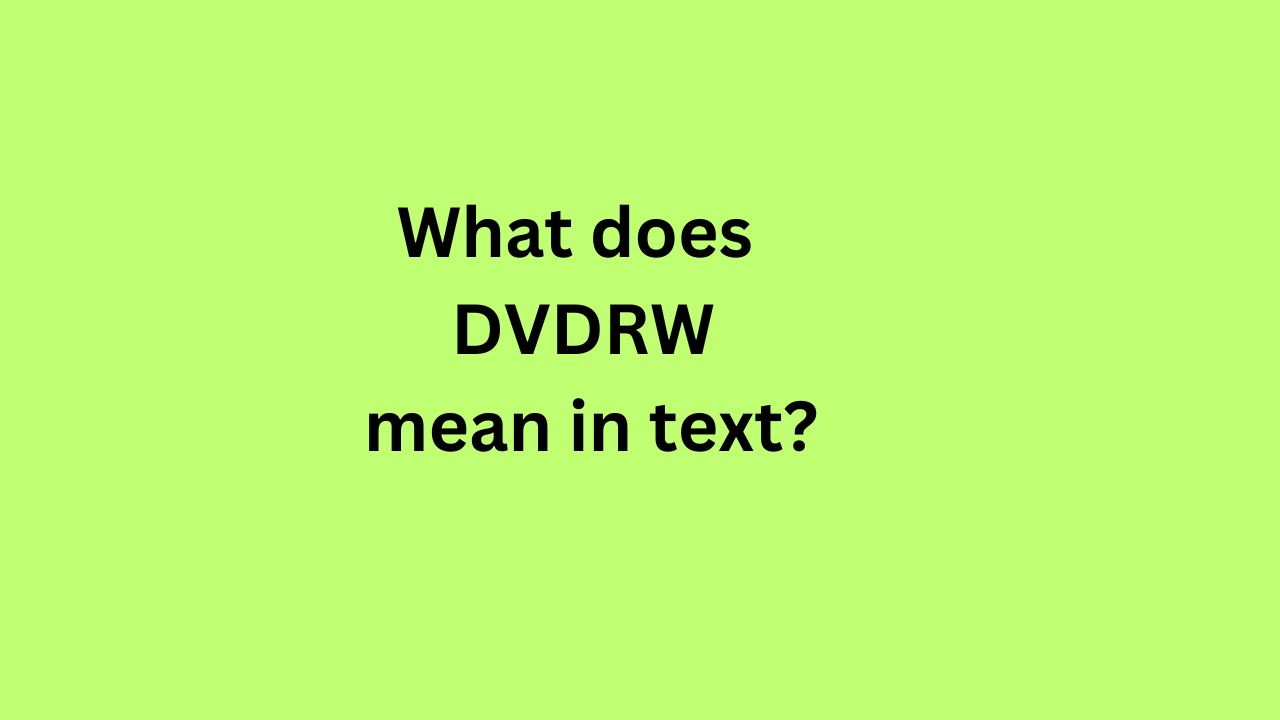HE generally stands for “High Explosive” when you are texting/communicating. It can also sometimes mean “Hello Everybody”. This can also be the full form/abbreviation or the actual meaning of HE, it’s the same if it’s on social media like Facebook, Whatsapp, Tiktok, Twitter, Snapchat, and Instagram. The HE is very similar to HX, HPX, HBE.
Examples:
The demolition team used HE to bring down the old building.
Due to safety concerns, the storage of HE requires specialized facilities and strict regulations.
What does HE mean if you receive it from a guy?
Getting a “HE” from a guy can mean different things depending on the situation. It could be a mistake or a shortened version of “Hey” or “Hello.” Or it could be a way of showing interest, like asking “How are you?” or “Are you doing okay?” To understand what the message means, it’s important to consider how you’ve talked to each other before. This will help you figure out what the guy is trying to say.
What does He mean if you receive it from a girl?
If a girl sends “HE,” it might be a mistake or autocorrect. It’s important to ask for more information or context to understand what she meant. Good communication helps avoid confusion and have better conversations.
Summary
| WORD: | HE |
|---|---|
| Definition: | High Explosive |
| Type: | Abbreviation |
Are there other pronouns similar to “He”?
Yes, there are other pronouns used to refer to individuals of different genders. “She” is used to refer to a female individual, “They” is a gender-neutral pronoun used to refer to a person of any gender, and there are also additional gender-neutral pronouns like “Ze” or “Xe” used by some individuals.
Is the pronoun “He” always used for males?
Yes, the pronoun “He” is traditionally used for males. However, it’s important to note that gender identity is complex, and not everyone identifies strictly as male or female. Some individuals prefer different pronouns that align with their gender identity.
Where does HE come from?
The word “he” has been used for a long time to refer to male people. It comes from Old English and Germanic languages and is part of the group of words that describe a single male person. This word is important for communication because it helps us understand who we are talking about. However, some people do not feel like they fit into the traditional categories of male or female. This means that language needs to change to include everyone. We need to be more inclusive and use words that make everyone feel comfortable and respected.









